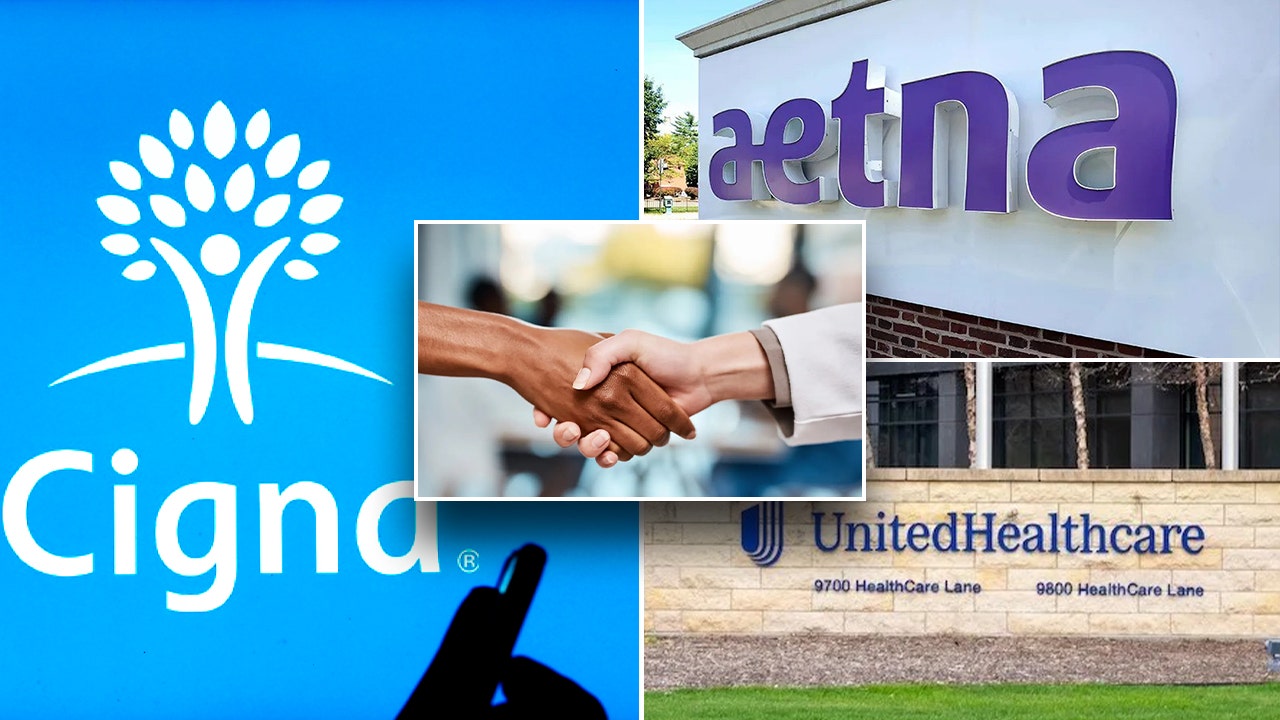There were times I wasn’t sure the Rabbit R1 was even a real thing. The AI-powered, Teenage Engineering-designed device came out of nowhere to become one of the biggest stories at CES, promising a level of fun and whimsy that felt much better than some of the more self-serious AI companies out there. CEO Jesse Lyu practically promised the world in this $199 device.
Technology
A morning with the Rabbit R1: a fun, funky, unfinished AI gadget
/cdn.vox-cdn.com/uploads/chorus_asset/file/25415491/DSC08587.JPG)
Well, say this for Rabbit: it’s real. Last night, I went to the swanky TWA Hotel in New York City, along with a few hundred reporters, creators, and particularly enthusiastic R1 buyers. After a couple of hours of photo booths, specialty cocktails, and a rousing keynote and demo from Lyu — in which he made near-constant reference to and fun of the Humane AI Pin — we all got our R1s to take home. I’ve been using mine ever since, and I have some thoughts. And some questions.
From a hardware perspective, the R1 screams “kinda meh Android phone.” Here are the salient specs: it’s about three inches tall and wide and a half-inch thick. It weighs 115 grams, which is about two-thirds as much as the iPhone 15. It has a 2.88-inch screen, runs on a 2.3GHz MediaTek MT6765 processor, and has 128 gigs of storage and four gigs of RAM. It has a speaker on the back, two mics on the top, and a SIM card slot on the side right next to the USB-C charging port. It only comes in one color, a hue Rabbit calls “leuchtorange” but is often known as “brilliant orange” or “luminous orange.” It’s definitely orange, and it’s definitely luminous.
At this point, the best way I can describe the R1 is like a Picasso painting of a smartphone: it has most of the same parts, just laid out really differently. Instead of sitting on top or in the back, the R1’s camera sits in a cutout space on the right side of the device, where it can spin its lens to face both toward and away from you.
The R1 is like a Picasso painting of a smartphone
After spending a few hours playing with the device, I have to say: it’s pretty nice. Not luxurious, or even particularly high-end, just silly and fun. Where Humane’s AI Pin feels like a carefully sculpted metal gem, the R1 feels like an old-school MP3 player crossed with a fidget spinner. The wheel spins a little stiffly for my taste but smoothly enough, the screen is a little fuzzy but fine, and the main action button feels satisfying to thump on.
When I first got the device and connected it to Wi-Fi, it then immediately asked me to sign up for an account at Rabbithole, the R1’s web portal. I did that, scanned a QR code with the R1 to get it synced up, and immediately did a software update. I spent that time logging in to the only four external services the R1 currently connects to: Spotify, Uber, DoorDash, and Midjourney.
Once I was eventually up and running, I started chatting with the R1. So far, it does a solid job with basic AI questions: it gave me lots of good information about this week’s NFL draft, found a few restaurants near me, and knew when Herbert Hoover was president. This is all fairly basic ChatGPT stuff, and there’s some definite lag as it fetches answers, but I much prefer the interface to the Humane AI Pin — because there’s a screen, and you can see the thing working so the AI delays don’t feel quite so interminable.
Because there’s a screen, the AI delays don’t feel quite so interminable
Almost immediately, though, I started running into stuff the R1 just can’t do. It can’t send emails or make spreadsheets, though Lyu has been demoing both for months. Rabbithole is woefully unfinished, too, to the point I was trying to tap around on my phone and it was instead moving a cursor around a half-second after every tap. That’s a good reminder that the whole thing is running on a virtual machine storing all your apps and credentials, which still gives me security-related pause.
Oh, and here’s my favorite thing that has happened on the R1 so far: I got it connected to my Spotify account, which is a feature I’m particularly excited about. I asked for “Beyoncé’s new album,” and the device excitedly went and found me “Crazy in Love” — a lullaby version, from an artist called “Rockabye Baby!” So close and yet so far. It doesn’t seem to be able to find my playlists, either, or skip tracks. When I said, “Play The 1975,” though, that worked fine and quickly. (The speaker, by the way, is very much crappy Android phone quality. You’re going to want to use that Bluetooth connection.)
The R1’s Vision feature, which uses the camera to identify things in the scene around you, seems to work fine as long as all you want is a list of objects in the scene. The device can’t take a photo or video and doesn’t seem to be able to do much else with what it can see.
When you’re not doing anything, the screen shows the time and that bouncing rabbit-head logo. When you press and hold the side button to issue a command, the time and battery fade away, and the rabbit’s ears perk up like it’s listening. It’s very charming! The overall interface is simple and text-based, but it’s odd in spots: it’s not always obvious how to go back, for instance, and you only get to see a line or two of text at a time at the very bottom of the screen, even when there’s a whole paragraph of answer to read.
Rabbit’s roadmap is ambitious: Lyu has spent the last few months talking about all the things the R1’s so-called “Large Action Model” can do, including learning apps and using them for you. During last night’s event, he talked about opening up the USB-C port on the device to allow accessories, keyboards, and more. That’s all coming… eventually. Supposedly. For now, the R1’s feature set is much more straightforward. You can use the device to play music, get answers to questions, translate speech, take notes, summon an Uber, and a few other things.
That means there’s still an awful lot the R1 can’t do and a lot I have left to test. (Anything you want to know about, by the way, let me know!) I’m particularly curious about its battery life, its ability to work with a bad connection, whether it heats up over time, and how it handles more complex tasks than just looking up information and ordering chicken nuggets. But so far, this thing seems like it’s trying to be less like a smartphone killer and more like the beginnings of a useful companion. That’s probably as ambitious as it makes sense to be right now — though Lyu and the Rabbit folks have a lot of big promises to eventually live up to and not a lot of time to do so.
Photography by David Pierce / The Verge

Technology
Roblox wants to better reward creators for bringing players back

Roblox is introducing two new systems that are designed to further encourage creators to bring players onto the social games platform on a regular basis. The systems, part of what Roblox is calling Creator Rewards, will roll out beginning July 24th.
One is the Daily Engagement Reward program, which gives Roblox creators 5 Robux for an “active spender” on the platform who spends at least 10 minutes in their experience in one day. 5 Robux isn’t a lot on its own — depending on where you buy Robux, that can translate to about five cents — but if an experience brings back thousands or millions of people every day, that could add up quickly. Roblox may also change the payout in the future, it says in a blog post.
To be eligible for the reward, a creator’s experience must also be one of the first three experiences an active spender (which the platform defines as a user who has spent at least $9.99 in the last 60 days) launches each day.
The choice to offer these payouts after the first three experiences isn’t an exact science, Roblox CPO Manuel Bronstein tells The Verge. It’s more that those first three experiences are why you may come to the platform in a given day, he says, while you might visit experiences after those first three because you found something new through recommendations or because of a friend’s suggestion.
Bronstein doesn’t think creators will change their experiences to optimize just for that 10-minute threshold. “Continue to build a great product, continue to build a great game, continue to build a great experience, and you will benefit from this reward,” he says.
He also points out that these engagement-based rewards aren’t the sole mechanism for Roblox creators to make money. The “vast” majority of transactions for Roblox developers come from transactions that they generate on the platform, according to Bronstein, and creators can also monetize with things like ads, subscriptions, and even selling physical goods.
The second program Roblox is adding is the Audience Expansion Reward, which pays creators a revenue share of purchases from Roblox users who join or return to the platform because of them. Roblox will apply the credit if a player joins the platform through a creator’s link or if a player searches for a creator’s experience on Roblox by name and plays for at least 10 minutes. This new system will eventually take over for Roblox’s current Creator Affiliate program. This program will offer a 35 percent revenue share to creators on up to the first $100 those new or returning users spend in their first two months on Roblox.
Technology
Your health data is being sold without your consent
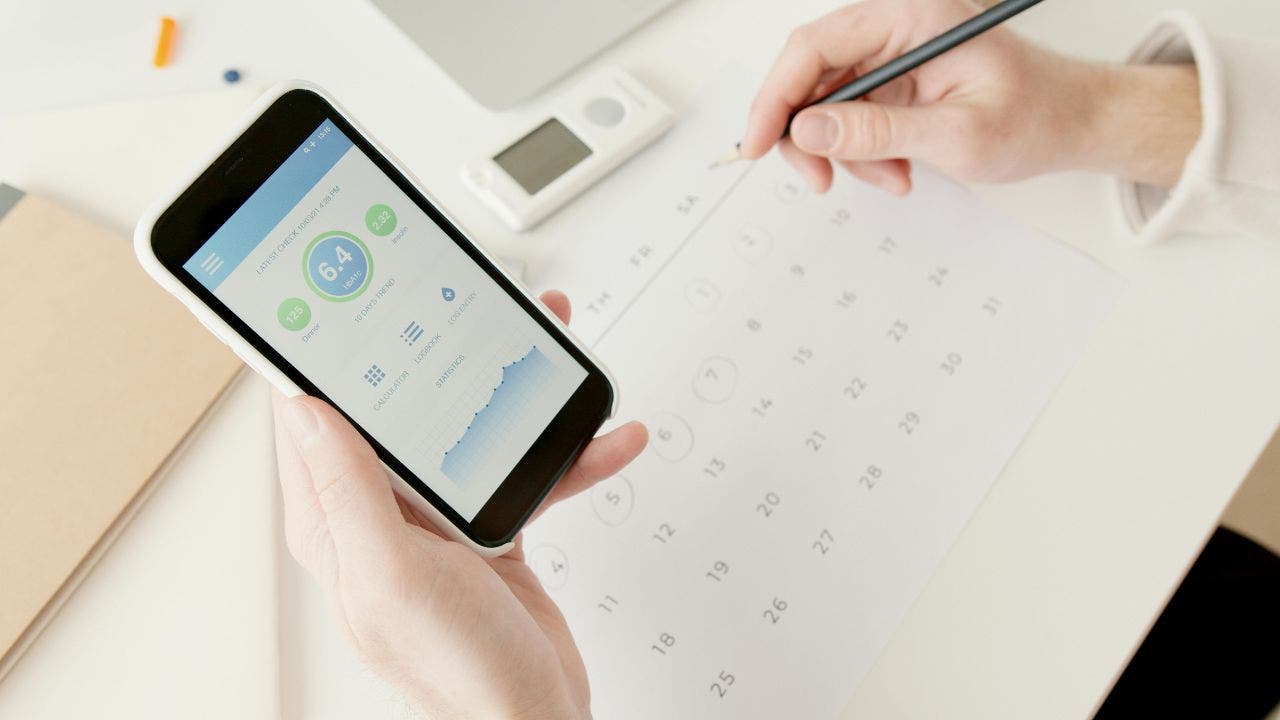
NEWYou can now listen to Fox News articles!
Your health information might feel private and secure with your doctor, but the reality is far more complicated. Data brokers collect a wide range of sensitive health data, from diagnoses and prescription details to personal identifiers, and sell this data to marketers, insurers, and other third parties. These buyers use the information to target ads, adjust insurance premiums, or even for purposes you might not expect. Understanding who holds your health data and how it’s used and shared is crucial to protecting your privacy.
Sign up for my FREE CyberGuy Report
Get my best tech tips, urgent security alerts, and exclusive deals delivered straight to your inbox. Plus, you’ll get instant access to my Ultimate Scam Survival Guide — free when you join.
A woman viewing her health app. (Kurt “CyberGuy” Knutsson)
Massive health data breaches are fueling the data broker industry
You might think your health data is safe with your doctor. But what if I told you total strangers might know when you last Googled “early signs of dementia” or filled a prescription for anxiety meds, and they’re selling that to whoever is willing to pay for it? A recent data breach at Yale New Haven Health, Connecticut’s largest healthcare system, exposed sensitive information on 5.5 million people. And it’s not an isolated incident; new research shows that since 2020, approximately 94.5 million Americans may have had their Social Security numbers stolen during health data breaches. The scary part is that data brokers collect and sell the names, addresses, and prescribed medications of patients diagnosed with mental health disorders to marketers on a large scale. How much is your medical information worth? Data brokers can sell it for as little as $0.06 per record. Let’s break down what these data brokers know, who they’re selling it to, and why it matters for you, your family, and especially vulnerable groups like seniors.
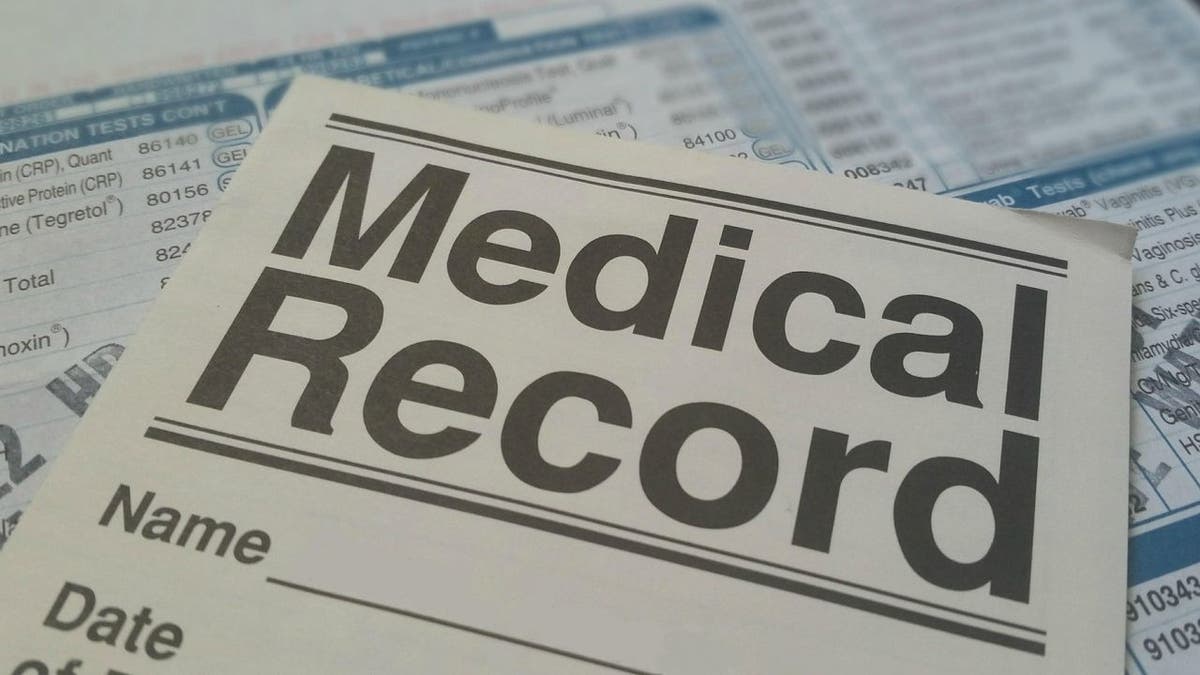
Illustration of a medical record. (Kurt “CyberGuy” Knutsson)
CUSTOM DATA REMOVAL: WHY IT MATTERS FOR PERSONAL INFO ONLINE
What types of health information are data brokers selling?
There’s a difference between protected health information, the kind your doctor and health insurer have to keep private, thanks to HIPAA, and the health-adjacent data you leave behind everywhere else.
Data brokers typically don’t have access to your official medical records. But they’re not regulated under HIPAA or any other laws, so they can legally collect:
- Fitness app data: Step counts, heart rate, calories burned.
- Symptom-related Google searches: Even “early signs of dementia” or “knee pain at night.”
- Pharmacy purchases: Both prescriptions and over-the-counter medications.
- Wellness quizzes and online forms: Those “What’s your biological age?” surveys aren’t just for fun.
- Social media posts and likes: Public posts about health topics, comments in support groups.
- Location data: Visits to clinics, pharmacies, or addiction recovery centers.
And it doesn’t stop there. Non-health data, like where you shop or the ads you click, gets combined to build a disturbingly accurate health profile.
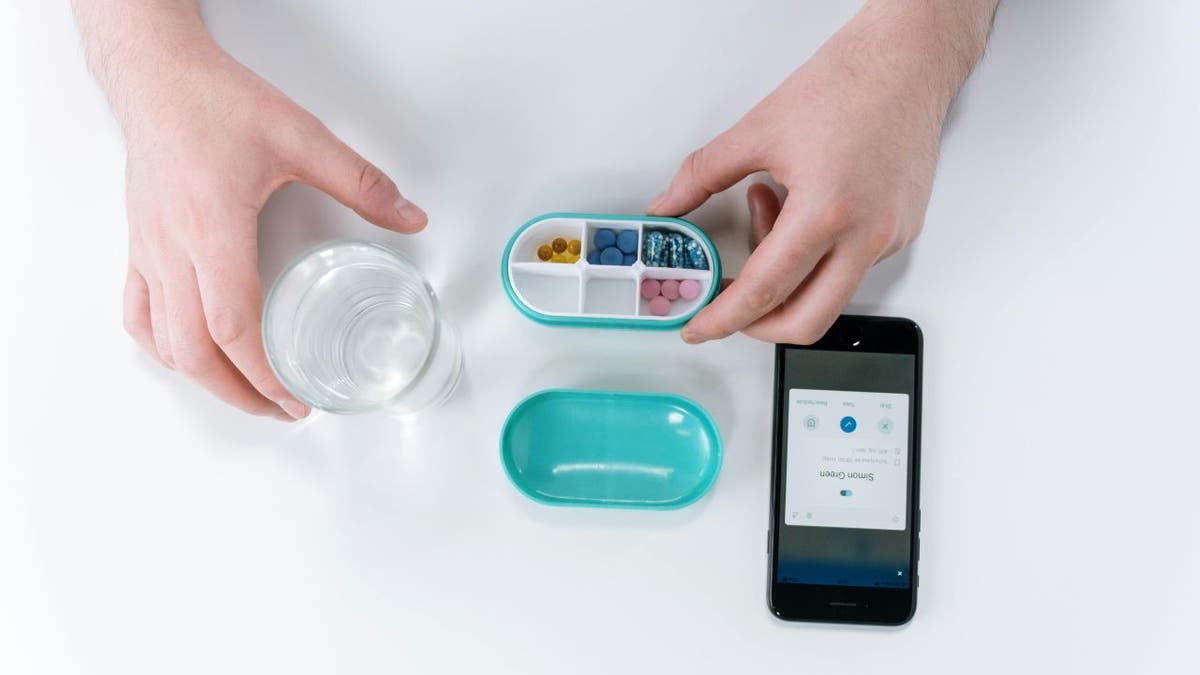
A woman using a health app to keep track of pills (Kurt “CyberGuy” Knutsson)
WHAT HACKERS CAN LEARN ABOUT YOU FROM A DATA BROKER FILE
Why selling your health data is more dangerous than you think
This isn’t harmless marketing data. When health information lands in the wrong hands, it creates real risks:
- Higher insurance premiums or limited coverage based on inferred health risks.
- Scams targeting seniors and vulnerable groups use lists of people flagged for dementia, heart disease, or other conditions.
- Privacy violations, exposing sensitive details like mental health struggles or fertility treatments.
- Discrimination in hiring, housing, or services based on health-related data.
- Resale to unknown third parties, making it impossible to control once it’s out there.
And it’s not just marketers. A recent government-backed autism study led by Robert F. Kennedy Jr. sparked outrage after it was revealed that private health data was collected from federal and commercial databases without clear safeguards. Security experts warn that this kind of large-scale data collection runs the risk of exposing deeply personal information with little oversight.
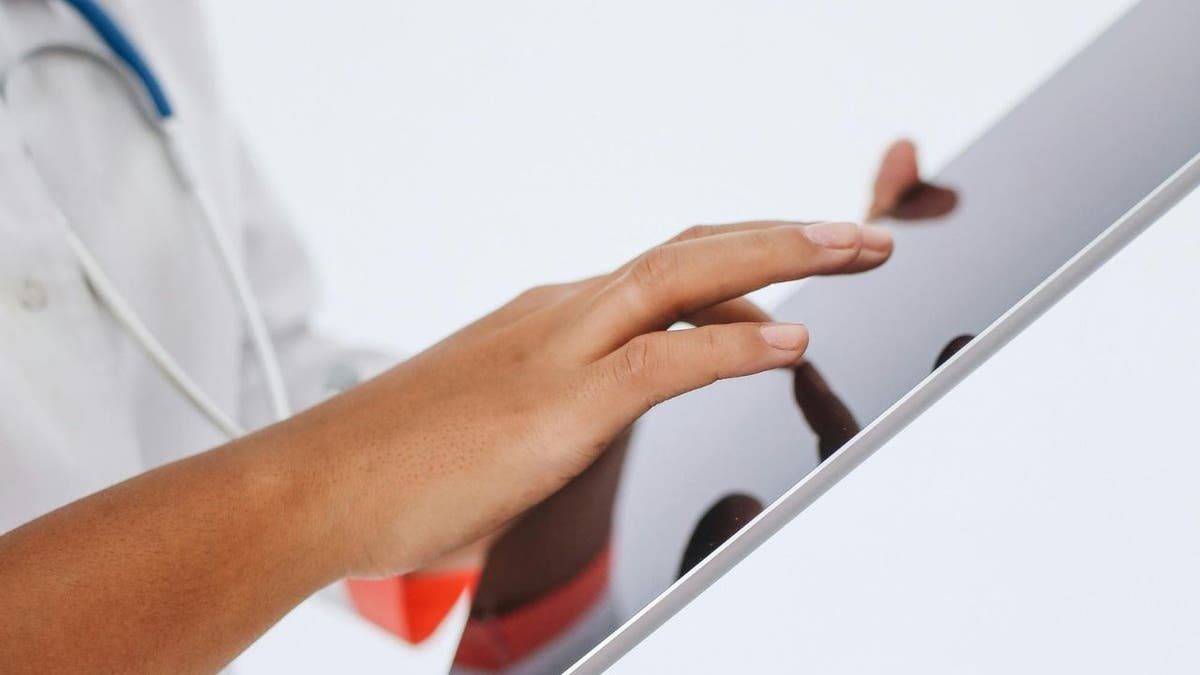
A healthcare professional looking at health data on a tablet. (Kurt “CyberGuy” Knutsson)
THINK YOU CAN DELETE YOUR OWN DATA? WHY IT’S HARDER THAN YOU THINK
8 ways to protect your health data from data brokers
Worried about who has access to your health data? While you can’t control every breach or broker, you can take steps to limit what’s collected, shared, and sold. Here’s how to take back control of your digital health footprint-starting today.
1) Use a personal data removal service: Data brokers collect and sell sensitive health information, including diagnoses, prescriptions, and personal identifiers, to marketers, insurers, and other third parties. This means details about your pharmacy purchases, symptom-related searches, and more could be circulating without your knowledge. A personal data removal service can help you take back control. This is one of the most effective ways to safeguard your privacy and protect yourself and your family from risks like scams, higher insurance premiums, and discrimination.
While no service can guarantee the complete removal of your data from the internet, a data removal service is really a smart choice. They aren’t cheap – and neither is your privacy. These services do all the work for you by actively monitoring and systematically erasing your personal information from hundreds of websites. It’s what gives me peace of mind and has proven to be the most effective way to erase your personal data from the internet. By limiting the information available, you reduce the risk of scammers cross-referencing data from breaches with information they might find on the dark web, making it harder for them to target you. Check out my top picks for data removal services here.
Get a free scan to find out if your personal information is already out on the web
2) Audit your apps and privacy settings: Health and fitness apps collect more than you realize. Delete the ones you don’t trust and check permissions on the rest
3) Be wary of free health quizzes and symptom checkers: If a site asks for personal details in exchange for “insights,” assume it’s monetizing your answers. Consult your doctor, not a clickbait quiz.
4) Limit data sharing beyond healthcare providers: Only provide necessary information when signing up for health-related services or apps. Be wary of sharing health details on social media or in public forums, as these can be scraped by data brokers.
5) Request data minimization from providers: Ask your healthcare providers to collect and store only the minimum amount of personal information necessary for your care, reducing the risk if their systems are compromised.
6) Use strong antivirus software: Strong antivirus software acts as a shield, protecting your devices from malware, ransomware, and other cyber threats that could compromise your personal health data. Choose a reputable solution that offers real-time threat detection, regular updates, and robust protection for all your devices. This protection can also alert you to phishing emails and ransomware scams, keeping your personal information and digital assets safe. Keeping your antivirus up to date is crucial for blocking malicious links and downloads before they can do harm. Get my picks for the best 2025 antivirus protection winners for your Windows, Mac, Android & iOS devices.
7) Regularly update your software: Cyber threats targeting health data are constantly evolving, and outdated software can leave your devices vulnerable to attacks that expose your sensitive information. Keeping your operating system, apps, antivirus, and security tools up to date ensures you have the latest protections against malware, ransomware, and other exploits that data brokers or hackers might use to access your health information. Regular updates patch security holes before they can be exploited, helping to prevent breaches like those that have exposed millions of Americans’ health details in recent years.
8) Use strong and unique passwords: Your health data is often protected by passwords on apps, portals, and devices. Using strong, unique passwords for each account reduces the risk that a single breach could give someone access to multiple sources of your personal information. Avoid common or reused passwords, and consider using a password manager to generate and store complex passwords securely. This step is crucial because once your login credentials are compromised, data brokers or cybercriminals can gather and sell your health-related data, leading to privacy violations, discrimination, or targeted scams. Consider using a password manager to generate and store complex passwords. Get more details about my best expert-reviewed Password Managers of 2025 here.
Kurt’s key takeaways
Your health should be personal, but in today’s digital world, that privacy is constantly under threat. Even if you’re cautious, your health-related information can be collected, analyzed, and sold without your clear consent. The good news is that you can take real steps to reduce your exposure and protect what matters. This isn’t about fear; it’s about staying informed and taking control of your digital footprint.
Should lawmakers and tech companies be doing more to protect our health data, or is it all on us to safeguard our own privacy? Let us know by writing to us at Cyberguy.com/Contact.
For more of my tech tips & security alerts, subscribe to my free CyberGuy Report Newsletter by heading to Cyberguy.com/Newsletter.
Ask Kurt a question or let us know what stories you’d like us to cover.
Follow Kurt on his social channels
Answers to the most asked CyberGuy questions:
New from Kurt:
Copyright 2025 CyberGuy.com. All rights reserved.
Technology
Samsung confirms Unpacked for early July

Samsung’s summer Unpacked is officially on, starting at 10AM ET on Wednesday, July 9th. The invitation features a jazzy little bop and the words “Ultra Unfolds,” so I think it’s safe to assume we’re getting that foldable Ultra phone the company previously hinted at.
The invitation seems to suggest a thinner device, or at least that’s how I’m reading it. That would line up with some of the rumors, and super-thin foldables has certainly been a trend so far this year. I’ve wedged plenty of chunky foldables into the side pocket of my yoga pants, so I for one would welcome this development.
Per usual, Samsung is offering a little incentive to reserve a device for pre-order ahead of the big reveal: $50 in credit to use at Samsung.com. That’ll cover a chunk of the cost of a case for a foldable phone, which run between $85 and $100 for the Galaxy Z Fold 6 on Samsung’s website right now. If the Ultra comes with an Ultra price tag, it might be worth shelling out a little more to protect it from the wear and tear of daily use. Just a little free advice.
-

 Arizona6 days ago
Arizona6 days agoSuspect in Arizona Rangers' death killed by Missouri troopers
-

 News1 week ago
News1 week agoAt Least 4 Dead and 4 Missing in West Virginia Flash Flooding
-

 News1 week ago
News1 week agoOakland County sheriff urging vigilance after shootings of 2 Minnesota lawmakers
-

 Culture1 week ago
Culture1 week agoBook Review: “The Möbius Book, by Catherine Lacey
-

 Technology1 week ago
Technology1 week agoTanks, guns and face-painting
-

 News1 week ago
News1 week agoVideo: Trump's Military Parade Met With Nationwide Protests
-

 World1 week ago
World1 week agoAt least 100 people killed in gunmen attack in Nigeria: Rights group
-

 Business5 days ago
Business5 days agoDriverless disruption: Tech titans gird for robotaxi wars with new factory and territories












